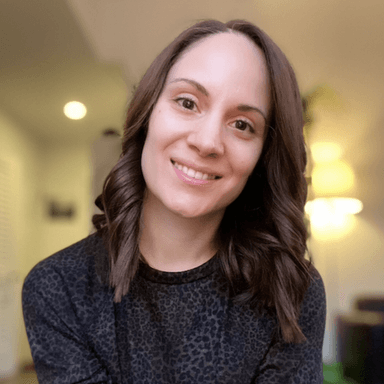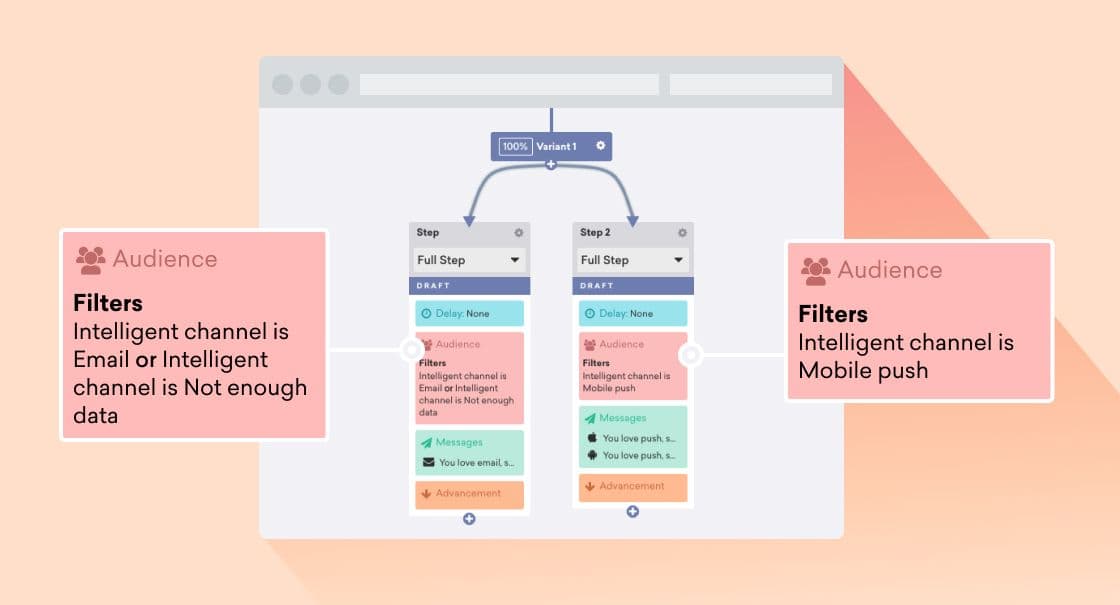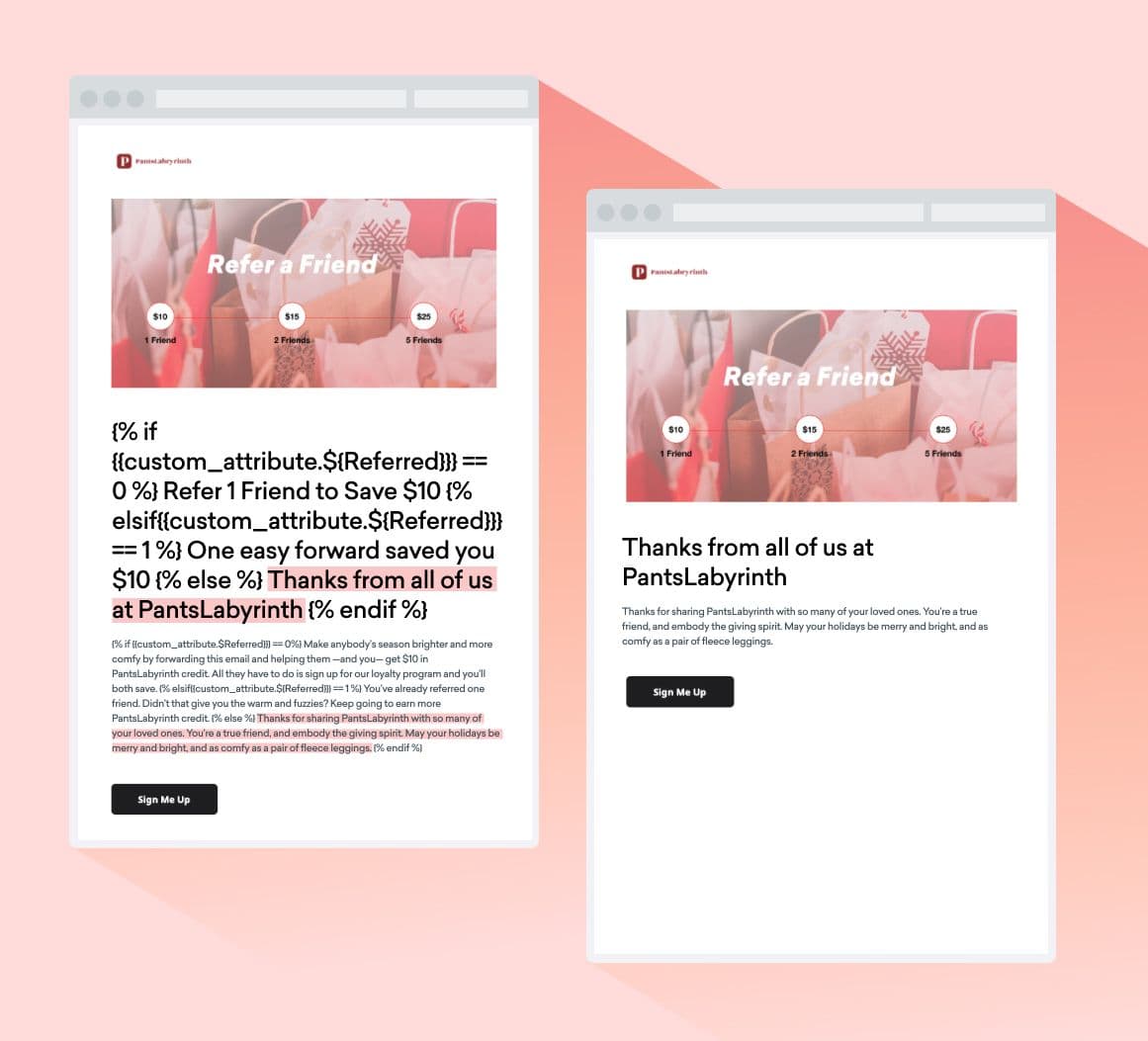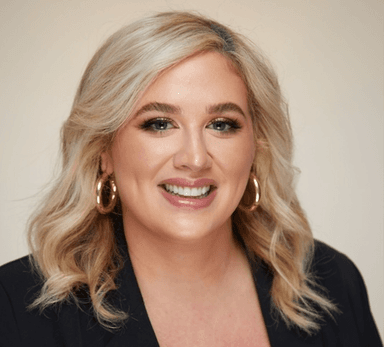5 Ingredients for a Successful Braze Canvas Recipe
Published on December 06, 2019/Last edited on December 06, 2019/5 min read


Ashley Christiano
Principal Customer Marketing Manager, Global SMB at Braze*There's a new version of Canvas available. Learn about Canvas Flow here.
Scrolling through my admittedly astrology-heavy Instagram feed, I see a lot of posts that can be summed up like this: It’s the journey that counts, not the destination. Many of us have similar life goals—to be successful in our chosen careers, travel the world, build a tribe of people we can depend on, read 75 books a year (or maybe that’s just me…?)—but the way we go about tackling each of these goals is different.
What if our marketing reflected that idea? That’s where a customer journey builder like Braze Canvas can help! Canvas makes building sophisticated, responsive campaigns easy. Our drag-and-drop interface guides you through the Canvas creation process, one step at a time. The outcome? Campaigns that are as unique and dynamic as the humans who built them—and the audiences they seek to serve.
Depending on what you’re looking to accomplish with a given campaign, you may need different approaches or different tools. So let’s take a look at five ingredients that you can mix into any Canvas to create the perfect match for your needs.
Ingredient 1: A Control Group
Time to Prepare: 15 seconds

- A control group is a randomly selected group of users within the audience segment you’re targeting that you’ve chosen not to receive any messages.
- Using a control group can help to prove out the impact of your efforts by comparing the behavior of people who haven’t received a given message or campaign with those who have.
- You can adjust how much of your audience falls into a control group by determining the percentage of entrants while you’re building out your Canvas.
- It’s also possible to reduce the size of your control group after your Canvas launched, once you’ve demonstrated that your efforts have had a positive impact.
Ingredient 2: Intelligent Channel
Time to Prepare: 1 minute

- Intelligent Channel, part of the Braze Intelligence Suite, helps marketing, growth, and engagement teams build out cross-channel experiences that deliver messages using each recipient’s preferred messaging channel.
- Build trust and provide value to your users’ inboxes by messaging them where they engage with your brand the most.
- Sending your customers messages on the right channel is an underappreciated type of personalization, but it’s personalization just the same—and something every brand should think about.
- And thanks to easy-to-understand filters available at both the Canvas entry and Canvas Step level, it’s a simple way for brands to build a more dynamic, relevant, channel-agnostic customer journey.
Ingredient 3: Message Engagement Filters
Time to Prepare: 1 minute

- With Canvas, you can send users down different branches of the messaging flow based on whether or not they opened an email or push notification in the preceding step of the Canvas.
- This is a great, simple way to make your journey dynamic without having to think through complicated campaign logic—and without having to rely on custom events that your brand may not have implemented.
- With this approach, when someone didn’t open a message, you don’t have to put a lot of effort into that side of the messaging flow: Just repurpose or reword your original message, maybe with some extra urgency or additional detail to really hit home.
- If somebody did open that first message, however, but failed to convert, you’ve likely got some extra convincing to do. They were clearly interested...but not quite sold. So think about it: What other benefits can you bring to the mix? Maybe a discount, an extended free trial, or a more personal note that feels high-touch to help get them over that last barrier to conversion.
Ingredient 4: Liquid
Time to Prepare: 5 minutes - 1 Hour

- That personal touch matters—so consider personalizing the copy, links, and graphics that appear in the messages within your Canvases with Liquid.
- This sort of customization is usually what comes to mind when we think about personalization. It’s a great way of reflecting the explicit and implicit preferences that users show us through their behaviors, onboarding inputs, and more.
- Personalization can be as simple as adding in a first name, or as complex as a series of if/else statements, as seen above.
- Liquid can be intimidating at first: All those brackets! That math-y syntax! But remember that you can save any Liquid templates that you make for reuse, simplifying the process of personalizing future campaigns. (Personally, I keep mine in a document and just change out the copy and attributes as needed.)
Ingredient 5: Multivariate Testing
Time to Prepare: 1 minutes - 10 Minutes

- Test out your theories around ideal copy, cadence, frequency, messaging channel combinations, and more with a thoughtful multivariate test.
- But before you build out your test, make sure you’re sure what the goal is, and what lift in conversions you’d require to consider one of the variants the winner. (After all, the “winner” might only see 0.1% higher results than the other variants.)
- Once you know that, it’s super easy to build out this sort of test in Canvas. In the example above, we created the variant on the left then cloned it and deleted the two follow-up steps. We could have also cloned the original variant, then changed the copy or decreased the delays in the follow-up steps from one day to one hour, for instance.
- Once you hit launch, take advantage of the Braze platform’s in-depth variant reporting, which automatically calculates conversion rates, lift-over-control, and the confidence level associated with the lift for every conversion event and every variant.
Final Thoughts
Just like your customers, a dynamic journey needs to change and react to shifting circumstances. If you mix together the right ingredients in your Canvas, you can create powerful journeys without a lot of effort or time. That’s transformative.
Bonus Ingredient: Canvas Guides
Time: 10 Minutes
Looking for some step-by-step Canvas recipes to get you started? Try out our interactive Canvas guides.
Related Tags
Be Absolutely Engaging.™
Sign up for regular updates from Braze.





